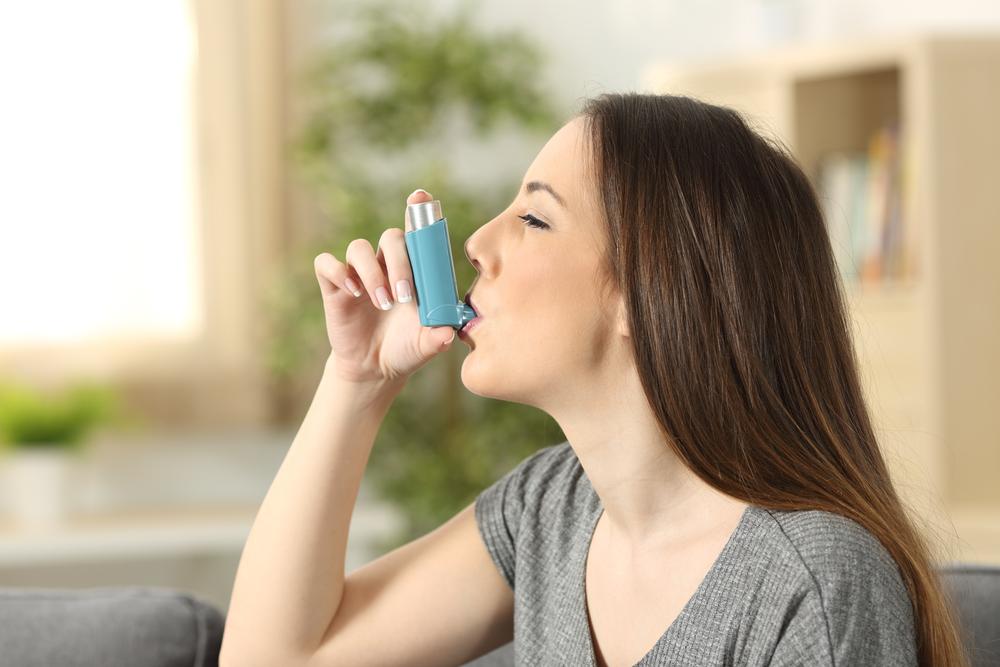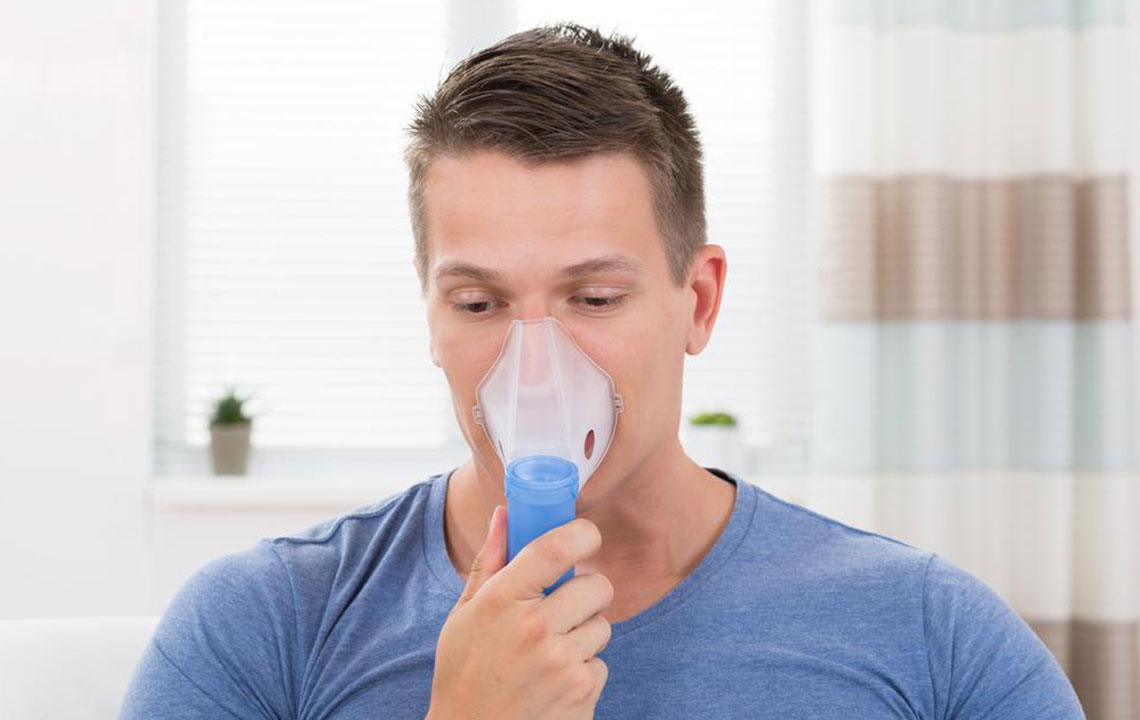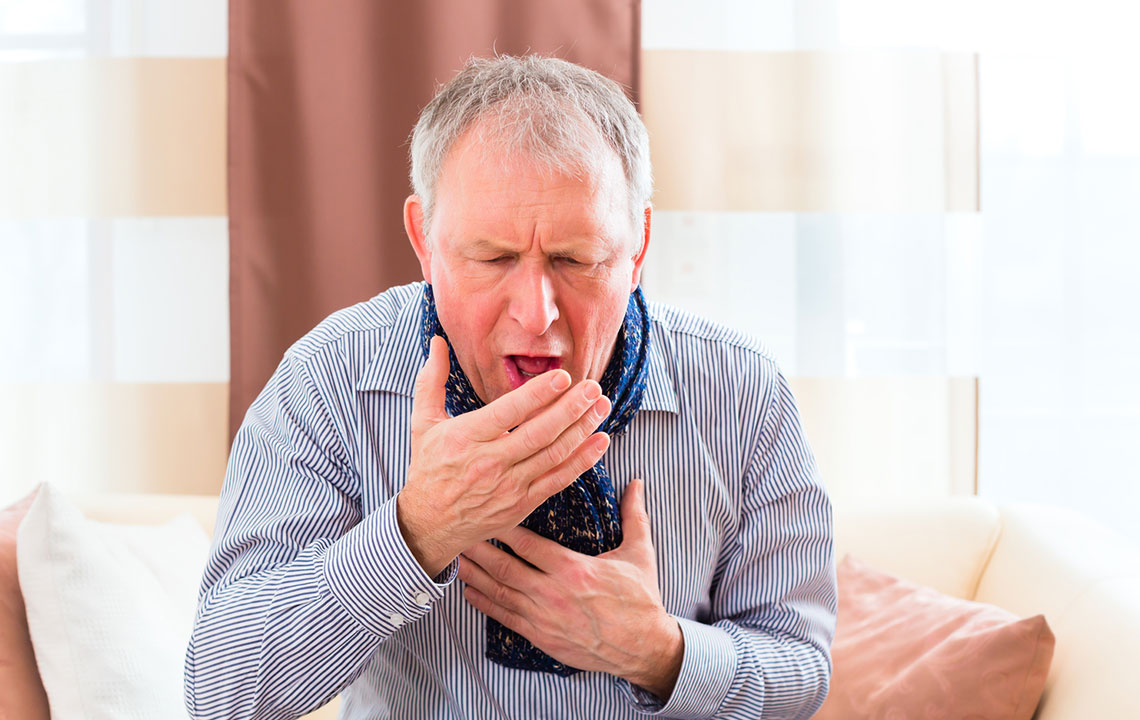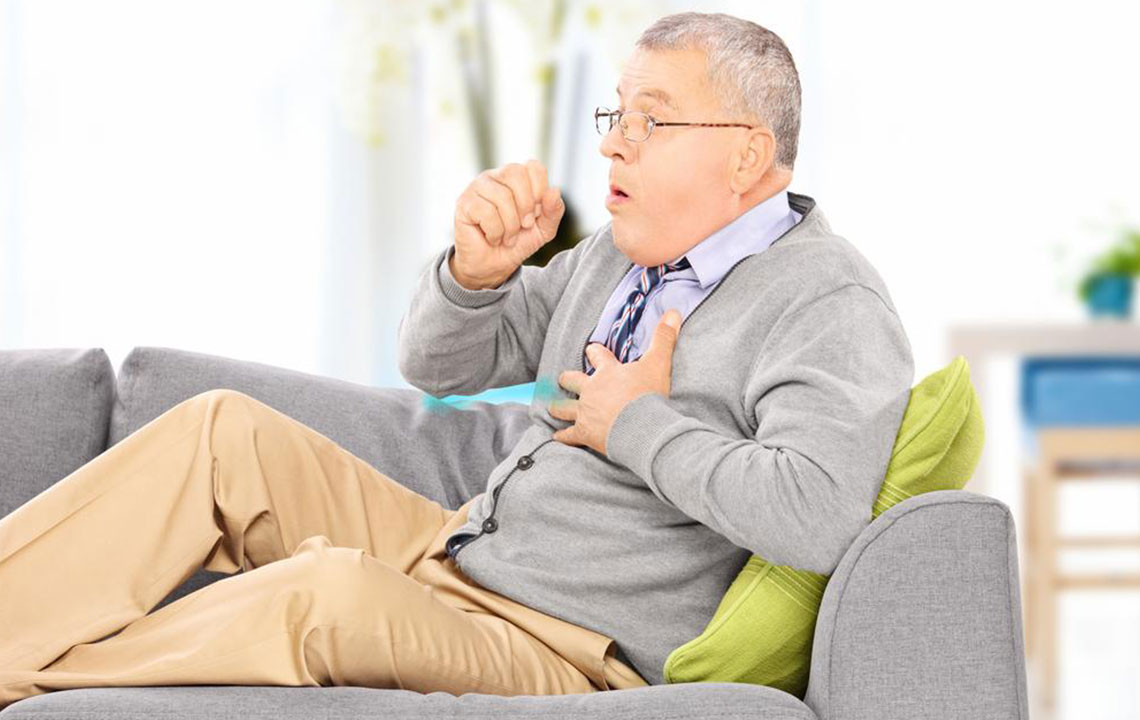Comprehensive Guide to COPD and Its Management with Inhalers
This comprehensive overview of COPD highlights its causes, symptoms, diagnosis, and treatment options. Inhalers are emphasized as a primary, convenient treatment. The article stresses the importance of lifestyle changes like quitting smoking and following medical advice to manage COPD effectively. It also discusses additional therapies such as oxygen therapy, pulmonary rehabilitation, and surgery for severe cases. Raising awareness about COPD risk factors and early detection can significantly improve patient outcomes, making education critical for prevention and better quality of life.

Comprehensive Guide to COPD and Its Management with Inhalers
Chronic Obstructive Pulmonary Disease (COPD) is a progressive lung condition that hampers normal airflow, leading to breathing difficulties. While it worsens over time, effective treatments can improve quality of life. Common symptoms include persistent breathlessness, chronic cough with mucus, fatigue during daily activities, chest tightness, wheezing, weight loss in advanced stages, and blue-colored lips and nails. Symptoms vary among individuals and are often unnoticed until significant lung damage occurs.
Globally, COPD affects approximately 210 million people, with the WHO projecting a 30% increase in fatalities over the next decade. COPD increases risks for heart disease, lung cancer, and depression, making awareness and prevention critical.
Causes of COPD
- Tobacco smoking, including passive smoking
- Exposure to industrial pollutants and dust fumes
- Environmental pollution
- Genetic factors in some cases
Not all COPD patients have a history of smoking; environmental and genetic factors also contribute.
Diagnosing COPD involves several tests including Lung Function Tests, Chest X-rays, CT scans, Blood Gas Analysis, and laboratory assessments. Once diagnosed, COPD management focuses on symptom control and slowing disease progression. Quitting smoking, adopting a healthier lifestyle, and medication are key strategies. Inhalers like bronchodilators, corticosteroids, or combination therapies such as Symbicort or Spiriva are commonly prescribed.
Therapies and Interventions
- Oxygen therapy in advanced cases for supplemental oxygen
- Pulmonary rehabilitation programs emphasizing education, nutritional support, and guided physical activity
- Surgical options like lung transplant or volume reduction for severe cases
Inhalers remain the primary treatment due to their convenience and effectiveness. Preventive measures include smoking cessation and adhering to prescribed medication routines. Proper care and routine follow-ups help manage COPD symptoms and prevent worsening.










